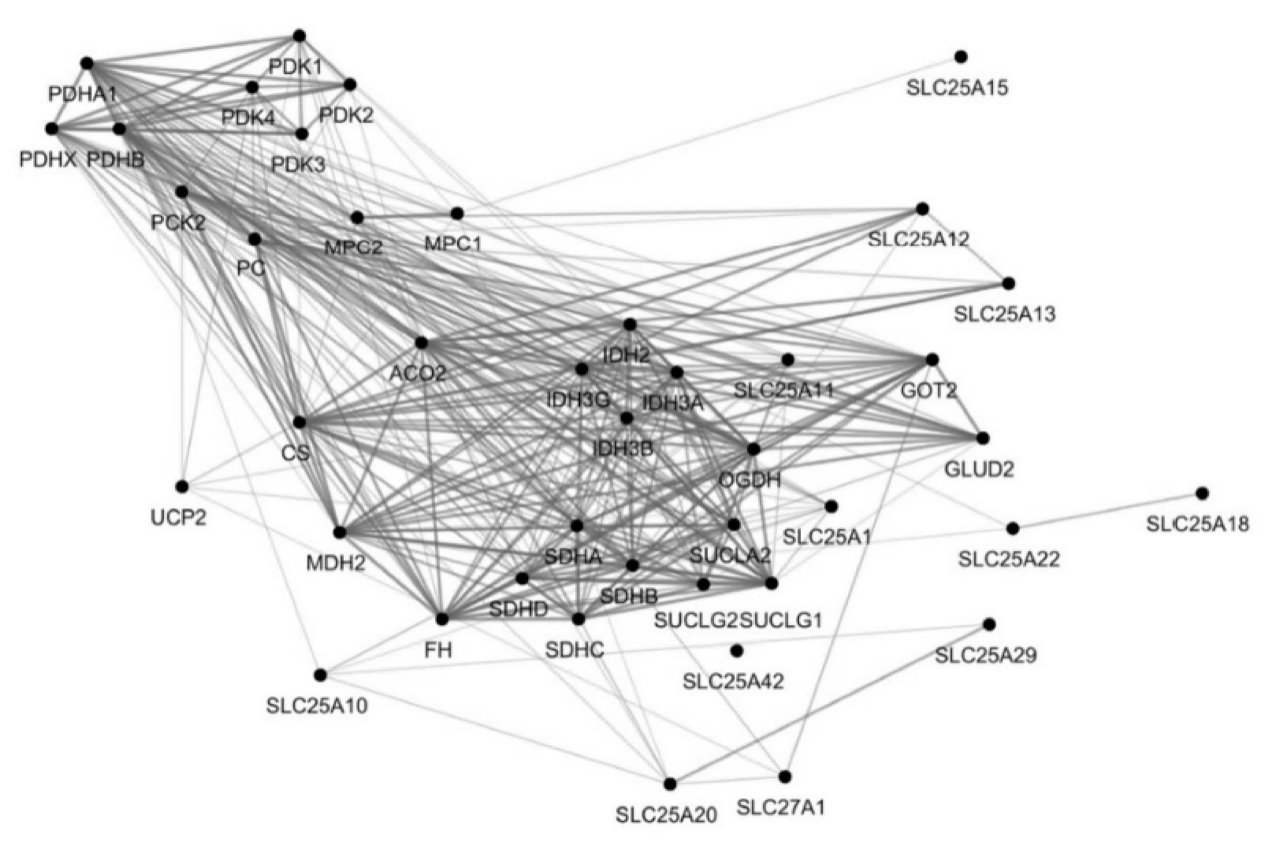Responses of β-cells to metabolic stress
Obesity is a rising public health issue worldwide. This high-nutrient state imposes a metabolic stress to the organism and increases the risk of other health problems, such as diabetes. However, the molecular mechanisms linking high nutrients to cell defects remain unclear. The response of pancreatic β-cells is particularly important to determine as they are responsible for the production of insulin and the consecutive regulation of blood sugar levels.
What if fat was not necessarily the bad guy
In their study published in Biomolecules, researchers of Prof. Pierre Maechler laboratory have mimicked a pre-diabetic state by exposing beta-cells of human pancreatic islets to high fat (fatty acids) and/or high sugar (glucose) concentrations. As mitochondria are essential organelles translating intracellular signals leading to insulin secretion, researchers have searched for differences in the expression of genes involved in the mitochondrial machinery (see Figure below). Chronic exposure to sugar induced mostly a dysregulation in the mitochondrial components. However, they have been surprised to note that fat could counteract some of the deleterious effects induced by high glucose. Indeed, their study shows that high glucose is worst than a combination of sugar and fatty acids.

Functional network of genes involved in the mitochondrial machinery. © from Figure 1 in Jimenez-Sánchez et al. 2020 Biomolecules
What’s next?
The team of researchers will now focus on some candidate genes revealed by this study and investigate their potential role as sensors of the concentration of sugar and fat in the blood.
14 Dec 2020
